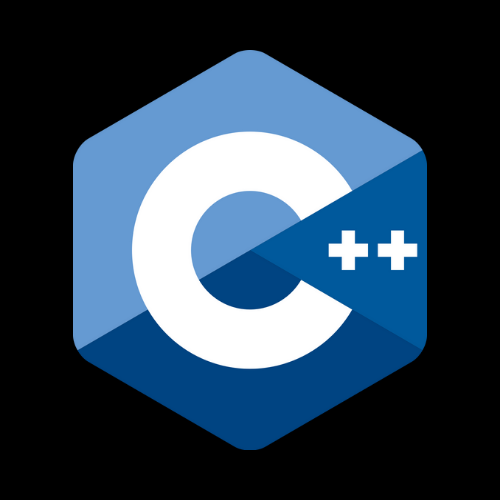Level: Beginner
1. What is machine learning, and how does it differ from traditional programming?
2. Explain the main categories of machine learning algorithms.
3. What is supervised learning, and provide an example.
4. What is unsupervised learning, and provide an example.
5. What is reinforcement learning, and provide an example.
6. Describe the process of training a machine learning model.
7. What are the main steps involved in a machine learning project lifecycle?
8. Explain the concepts of training data, validation data, and test data.
9. What is overfitting in machine learning, and how can it be prevented?
10. What is underfitting in machine learning, and how can it be addressed?
11. Describe the role of feature selection in machine learning.
12. What is feature engineering, and why is it important in machine learning?
13. What are the commonly used evaluation metrics for classification problems?
14. What are the commonly used evaluation metrics for regression problems?
15. Explain the bias-variance tradeoff in machine learning.
16. What is cross-validation, and why is it used in machine learning?
17. Describe the difference between a model's bias and variance.
18. What is a confusion matrix, and how is it used to evaluate a classification model?
19. How do you interpret precision and recall in the context of classification models?
20. Explain the concept of regularization in machine learning models.
21. What is the difference between parametric and non-parametric machine learning algorithms?
22. Describe the k-nearest neighbors (KNN) algorithm and its use cases.
23. Explain linear regression and its applications.
24. What is logistic regression, and how is it different from linear regression?
25. Describe decision tree algorithms and their advantages.
26. What is the role of ensemble methods like random forests in machine learning?
27. Explain the support vector machine (SVM) algorithm and its applications.
28. What is clustering in machine learning, and provide an example algorithm.
29. Describe the k-means clustering algorithm and its steps.
30. What are the main applications of dimensionality reduction techniques in machine learning?
31. Explain principal component analysis (PCA) and its use in dimensionality reduction.
32. What is the purpose of feature scaling in machine learning preprocessing?
33. Describe the process of data preprocessing in machine learning.
34. What is the difference between feature scaling and feature normalization?
35. Explain the concept of outliers in data and their impact on machine learning models.
36. How do you handle missing data in a machine learning dataset?
37. What is one-hot encoding, and why is it used in categorical data preprocessing?
38. Describe the difference between batch learning and online learning in machine learning.
39. What is gradient descent, and how is it used in training machine learning models?
40. Explain the role of learning rate in gradient descent optimization.
41. Describe the steps involved in implementing a simple machine learning model in Python.
42. How do you split a dataset into training and testing sets for model evaluation?
43. What are hyperparameters in machine learning models, and how do you tune them?
44. Describe the concept of feature importance in machine learning models.
45. How do you interpret the coefficients in a linear regression model?
46. Explain the concept of a decision boundary in classification algorithms.
47. What is the curse of dimensionality, and how does it affect machine learning models?
48. Describe the concept of cross-entropy loss in classification tasks.
49. How do you measure the performance of a regression model?
50. What are some ethical considerations when deploying machine learning models in real-world applications?


